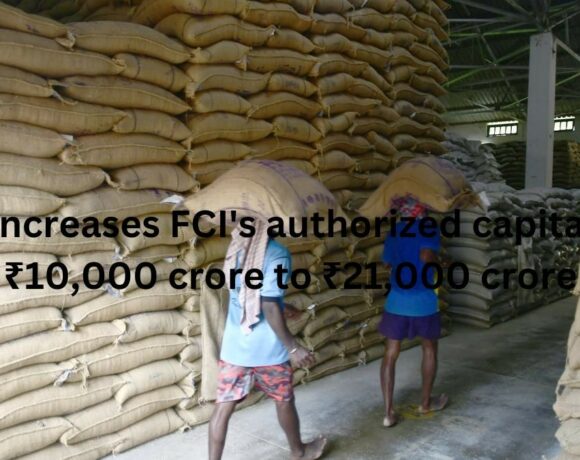The deflator angle to India’s GDP controversy – Shri. V. P Nandakumar

For this purpose, let us begin by revisiting what the definition of GDP is. Simply put, GDP is the total value of goods and services produced within the country during a year. All final finished goods and services produced domestically in volume terms are multiplied by their market prices to determine the value of output. Intermediate goods are excluded to avoid double-counting and arrive at what may be called the nominal GDP. In order to make the figure meaningful for comparison with GDP figures of previous years, we have to arrive at the real GDP, which is the nominal GDP adjusted for the effects of inflation. Without this adjustment, it will not capture real growth in the economy because an increase in prices can inflate the GDP number even without any real increase in production.
Therefore a GDP deflator is used to reflect the overall inflation in goods and services, and to adjust the nominal growth rate with reference to prices during a base year to nullify any price effect on representing growth in the economy. A deflator in this context has been defined as “the number you use when working out the value of money minus the effect of inflation.” The real GDP growth rate is essentially the nominal GDP growth rate minus the GDP deflator. If the nominal GDP growth is 8 percent and the GDP deflator is at 2 percent, then real GDP growth is 6 percent .
How does the deflator work in practice in India?
India uses two measures of inflation, wholesale price index (WPI) and consumer price index (CPI) to determine the deflator to apply. WPI index reflects average price changes of goods that are bought and sold in the wholesale market. In contrast, CPI is a reflection of changes in the retail prices of commonly consumed goods and services over a time period. For the common man, CPI is a better measurement of the price rise in consumer products. Different sectors of the economy are deflated by the respective index that is most appropriate. Till recent years, both CPI and WPI indexes have moved broadly in line with each other, so there was little discrepancy in determining real growth.
However, a marked divergence between the CPI and the WPI emerged from November 2014, after global commodity prices (particularly oil) began to fall. In fact, at one point, the difference between the WPI and the CPI was as high as 9 percentage points, with WPI slipping into negative territory.
Continue









